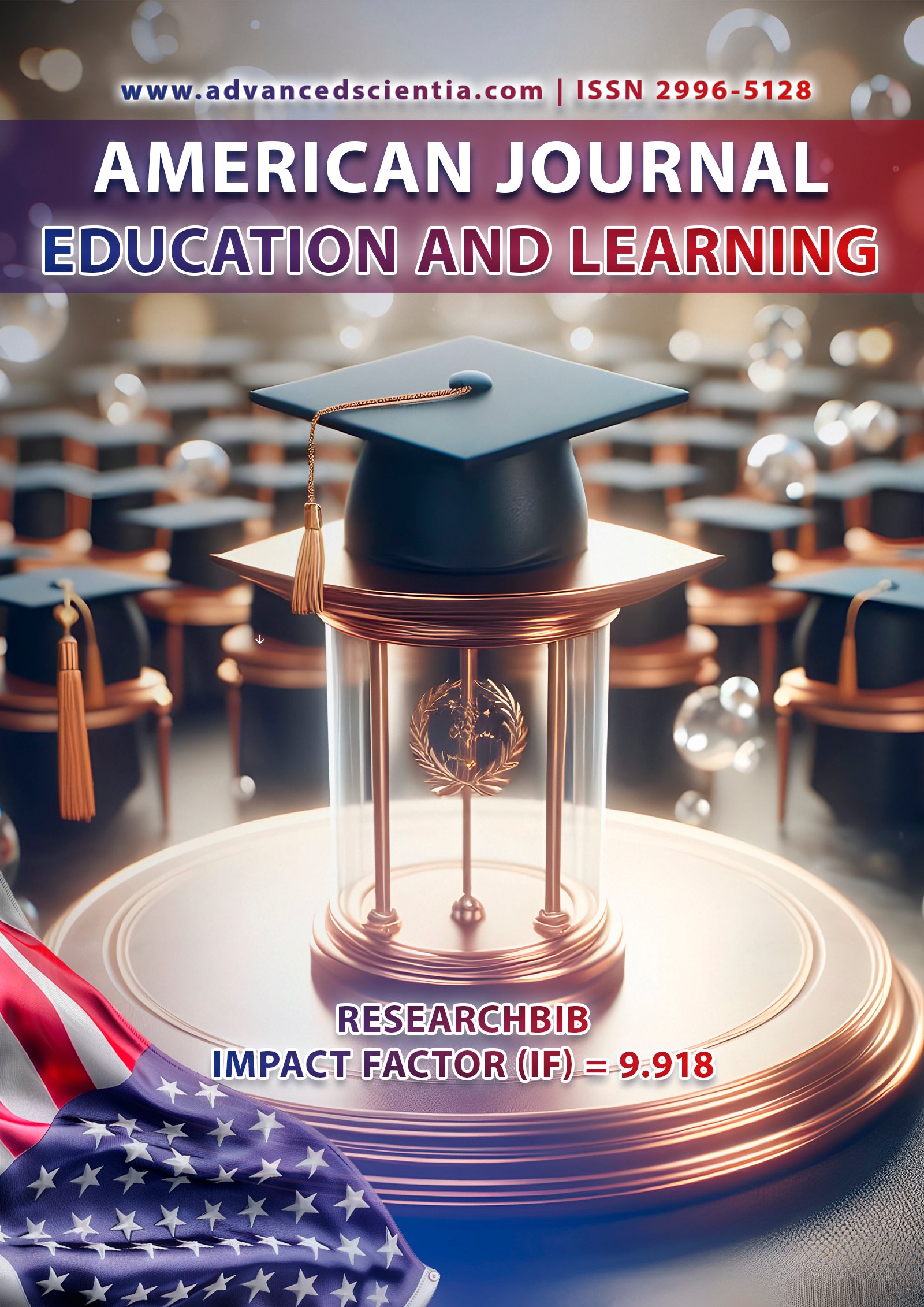LINGUISTIC AND CULTURAL FEATURES OF TRANSLATING UZBEK LITERARY TEXTS INTO ENGLISH
Abstract
Translating Uzbek literary texts into English presents a complex set of challenges, influenced by both linguistic and cultural factors. The grammatical structure of Uzbek, an agglutinative language, significantly differs from that of English, requiring careful adaptation of verbs, noun cases, and sentence structures to maintain meaning and fluidity. Additionally, the rich cultural nuances embedded in Uzbek idioms, expressions, and literary traditions often pose difficulties in accurately conveying the original text’s essence to a global audience. The scarcity of high-quality translations further complicates this process, limiting the accessibility of Uzbek literature to non-Uzbek speakers. This paper explores the key linguistic and cultural features that affect the translation of Uzbek literary works, offering insights into the strategies employed by translators to navigate these complexities. By emphasizing the importance of both linguistic proficiency and cultural sensitivity, the study aims to contribute to a deeper understanding of the challenges and potential solutions in translating Uzbek literary heritage into English.
References
1. Anvarjonova Z. (2023). Enhancing language fluency: Exploring modern approaches to teaching translation into a foreign language. Yangi oʻzbekiston pedagoglari axborotnomasi 1-jild, 11-son (yoʻpa) ( 59-61)
2. Edward Sapir, Mandelbaum, David (ed.). Selected writings in language, culture and personality , 1949.
3. Ezra Pound, Guido’s Relations, 1969 in Translation Studies Reader, ed. by S. Gabrielyan, Yerevan: Sahak Partev, 2007.
4. T. McArthur, The Oxford Companion to the English Language, Oxford, Oxford University Press, 1992.
5. Sotvoldiyevna, U. D., & Zafarjon, D. (2023). Turli Tillardagi O ‘Xshatishlar Tarjimasining Lingvomadaniy Xususiyatlari. Miasto Przyszłości, 31, 330-332.
6. Satvoldievna, U. D. (2021). Axiological Characteristics Of English, Uzbek And Russian Phraseological Units. The American Journal of Social Science and Education Innovations, 3(06), 40-45.






















